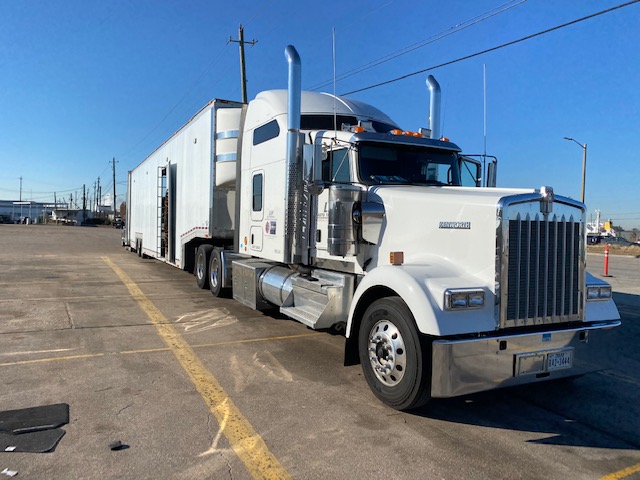Introduction:
When it comes to transporting your vehicle across states, choosing a suitable carrier is essential to ensure the safety and protection of your vehicle. Open and enclosed carriers are two primary options, each offering distinct advantages and considerations. Understanding the differences between these vehicle transport options will empower you to make an informed decision that aligns with your needs and preferences.
Open Carriers: Cost-Effective and Widely Used
Open carriers are the most common and cost-effective option for vehicle transportation. These carriers are open-sided, allowing multiple vehicles to be loaded onto a single trailer. While this option is more affordable, it exposes your vehicle to various elements and potential road debris during transit.
Advantages of Open Carriers
Open carriers are popular due to their accessibility and cost-efficiency. Since they can accommodate multiple vehicles, they often offer quicker pick-up and delivery times. Additionally, open carriers are well-suited for standard vehicles, as they are durable and built to withstand various weather conditions.
Considerations for Open Carriers
While open carriers are a practical choice for many, there are specific considerations to consider. Since your vehicle will be exposed to the elements, there is a higher likelihood of getting dirty or experiencing minor cosmetic damage during transit. However, reputable auto transport companies take measures to secure vehicles properly and minimize risks.
Enclosed Carriers: Enhanced Protection for Special Vehicles
Enclosed carriers, as the name suggests, provide a closed and fully protected environment for your vehicle during transportation. These carriers are ideal for luxury, classic, vintage, or high-value vehicles requiring extra protection against potential damage.
Advantages of Enclosed Carriers
The primary advantage of enclosed carriers is the enhanced protection they offer. Enclosed carriers minimize the risk of damage during transit by keeping your vehicle shielded from external elements like dust, debris, and harsh weather conditions. Moreover, these carriers often come equipped with advanced security measures to ensure maximum safety.
Assessing Your Vehicle’s Needs
Before choosing between open and enclosed carriers, consider your vehicle’s value, condition, and budget. If your vehicle is a standard model and you prioritize cost-effectiveness, an open carrier may be the suitable choice. However, if your vehicle holds significant monetary or sentimental value, investing in the added protection of an enclosed carrier is a prudent decision.
Hiring a Reputable Auto Transport Company
Selecting a trustworthy and experienced auto transport company is crucial regardless of the carrier type. Read reviews, request quotes, and verify licensing and insurance to ensure that your vehicle is in safe hands during transportation.
Conclusion:
Selecting the appropriate vehicle transport option is essential for a successful and stress-free transportation experience. Open carriers offer cost-effectiveness and widespread use, while enclosed carriers provide enhanced protection for special vehicles. By understanding the differences and assessing your vehicle’s needs, you can make an informed choice and ensure the safe delivery of your vehicle across the states.


